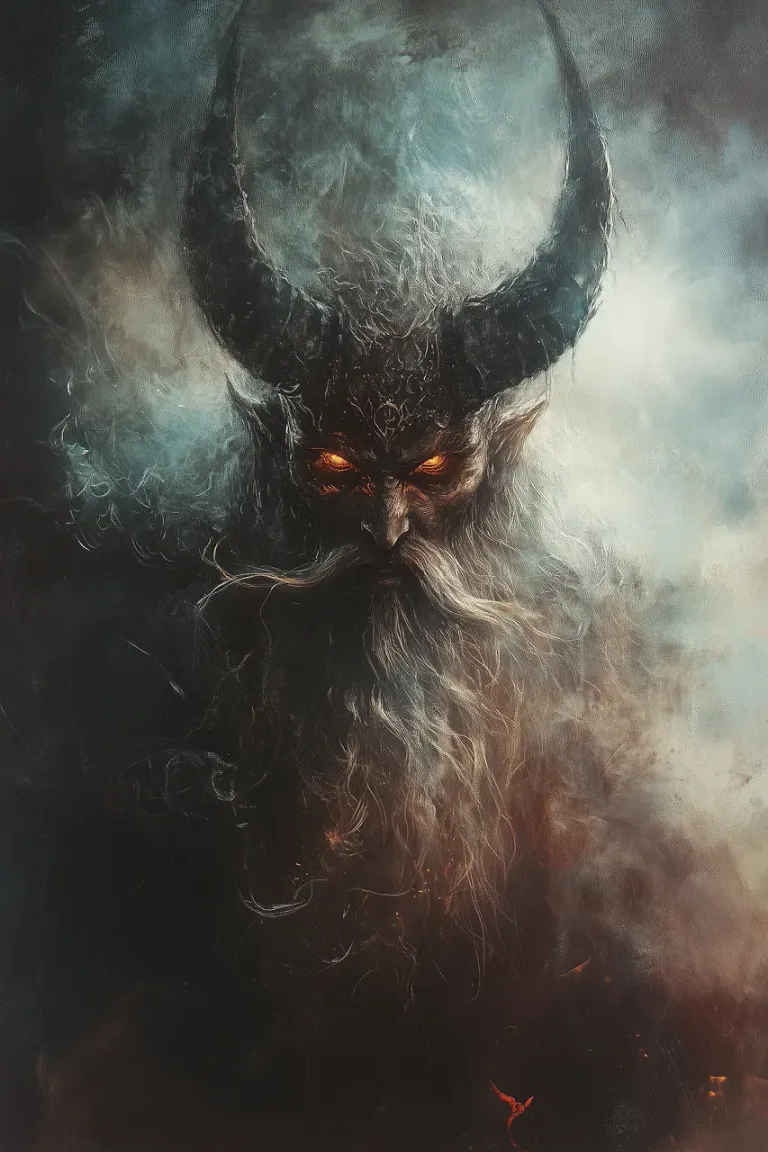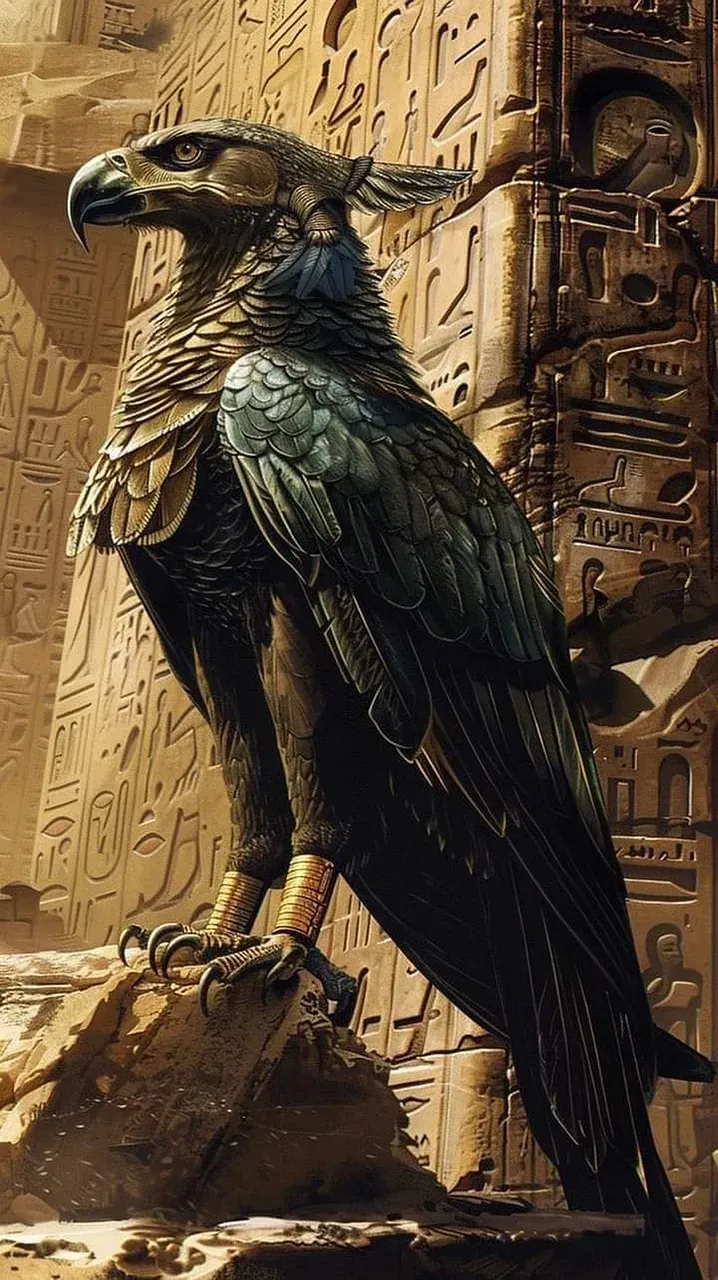The Anunnaki and the Neteru: Were They the Same Sky Gods?
The Anunnaki and the Neteru: Were They the Same Sky Gods?
Across the ancient world, civilizations spoke of powerful beings who descended from the heavens—shaping humanity and guiding our early societies. In Sumer, they were known as the Anunnaki. In Egypt, they were called the Neteru.
Two names. Two cultures. But could these stories be describing the same ancient sky-born beings? Let’s dive deep into this fascinating mystery.
Who Were the Anunnaki?
The Anunnaki are some of the oldest deities known to history, appearing in the Sumerian cuneiform tablets over 5,000 years ago. Their name roughly translates to "those who came from heaven to Earth," and they were said to be the children of An (Anu), the supreme god of the sky.
These beings weren’t just mythological—they were deeply involved in the affairs of humans. The tablets describe them as:
*Creators of humankind
Bringers of laws and knowledge
Judges of morality*
*Overseers of agriculture and technology
Some interpretations—particularly those popularized by author Zecharia Sitchin—suggest that the Anunnaki were not gods in the traditional sense, but extraterrestrials from a distant planet called Nibiru. These theories claim that they genetically modified early humans to serve as laborers, especially in gold mining operations.
While mainstream archaeology does not support the ancient astronaut theory, the advanced knowledge and sudden rise of Sumerian civilization still leave many questions unanswered.
The Neteru: Divine Forces of Ancient Egypt
In the rich and symbolic world of ancient Egypt, the gods were known as the Neteru—a word that means more than just "god." It refers to divine principles, natural forces, and conscious cosmic powers.
*The Neteru included familiar names like:
Ra – the solar deity
Isis and Osiris – the divine mother and father of Egypt
Thoth – the god of wisdom and writing
Horus – the falcon-headed god of kingship and the skies*
These beings were not merely myth. Egyptian texts, such as the Pyramid Texts and Book of the Dead, describe them as rulers who came from the stars, often linked to Sirius and Orion, both still considered sacred celestial markers in many spiritual traditions.
Some accounts speak of a time before the first pharaohs, when a race called the Shemsu-Hor (Followers of Horus) ruled Egypt. They were said to be semi-divine beings who reigned for thousands of years before the rise of mortal kings.
Similar Beings, Shared Stories?
Now here’s where things get interesting.
Despite being separated by time and geography, the Sumerian and Egyptian stories have remarkable parallels:
Anunnaki (Sumer) Neteru (Egypt)
Descended from the heavens, Descended from the stars
Created or guided humans Created or guided humans
Linked to a cosmic origin (Nibiru), Linked to Sirius and Orion
Brought knowledge, law, and civilization, Brought sacred knowledge, healing, and order
Described as radiant, powerful, and long-lived Immortal, divine, and powerful
These aren’t small similarities—they suggest a shared origin story, possibly passed down from a lost prehistoric civilization... or remembered encounters with the same group of sky beings.
Ancient Memory or Ancient Visitors?
There are a few possible explanations:
A Shared Prehistoric Source: Both Sumer and Egypt may have inherited their myths from an even older civilization, perhaps one that existed before the last Ice Age (think Atlantis or Lemuria).
Symbolic Archetypes: These beings could represent archetypal forces of nature and consciousness, remembered in different cultures with unique names and symbols.
Real Sky Visitors: This is the most controversial theory, but also the most exciting. What if the Anunnaki and Neteru were actual beings from another world, and ancient people encoded their contact into religion and myth?
The truth may lie somewhere in between.
One Truth, Many Names?
Whatever the explanation, it’s clear that both the Anunnaki and the Neteru played central roles in their respective cultures’ stories of origin, power, and divine knowledge. Both were seen as:
*Sky-born rulers
Bringers of light and civilization
Guardians of sacred wisdom*
So maybe these weren't just "gods" in the mythological sense—but beings of immense influence, remembered through different cultural lenses. And just maybe… they were the same.
What Do You Think?
Were the Anunnaki and the Neteru simply cultural coincidences? Or were they part of the same ancient reality—one that we've only just begun to remember?
Leave a comment below and share your thoughts. And if you're as fascinated by ancient mysteries, hidden history, and the origins of human civilization as I am…
Posted by Waivio guest: @waivio_cosmicsecrets

